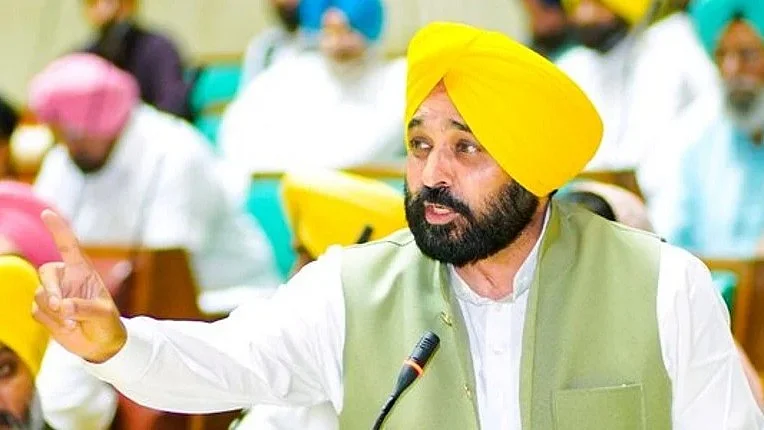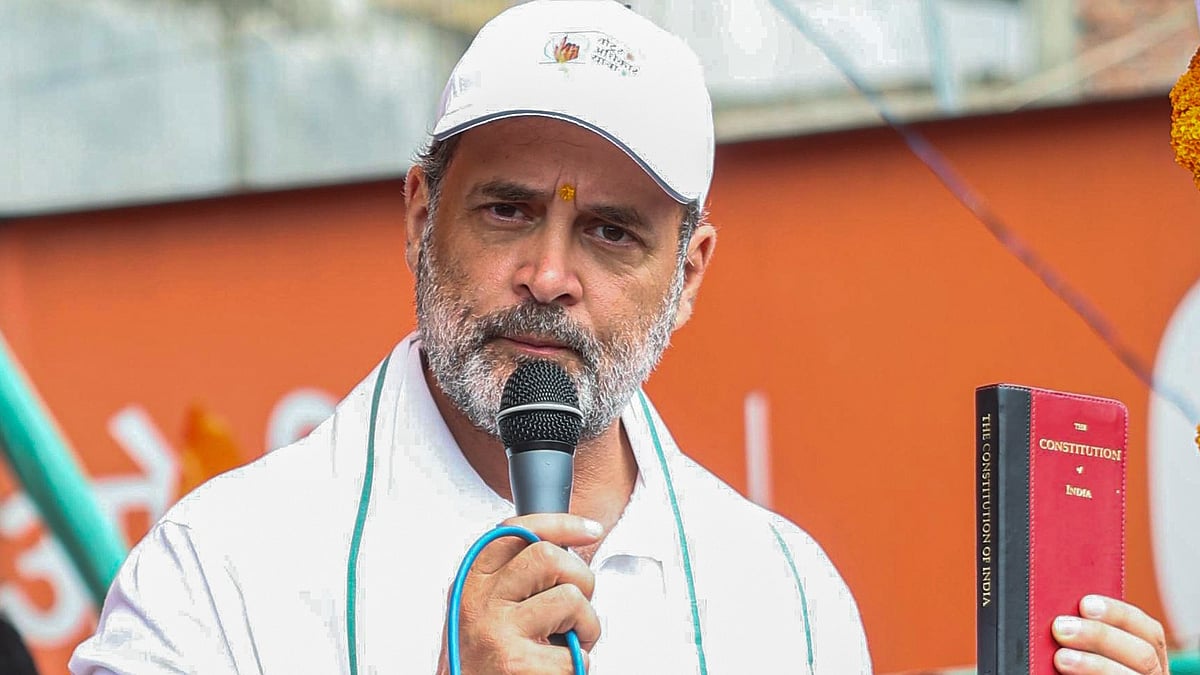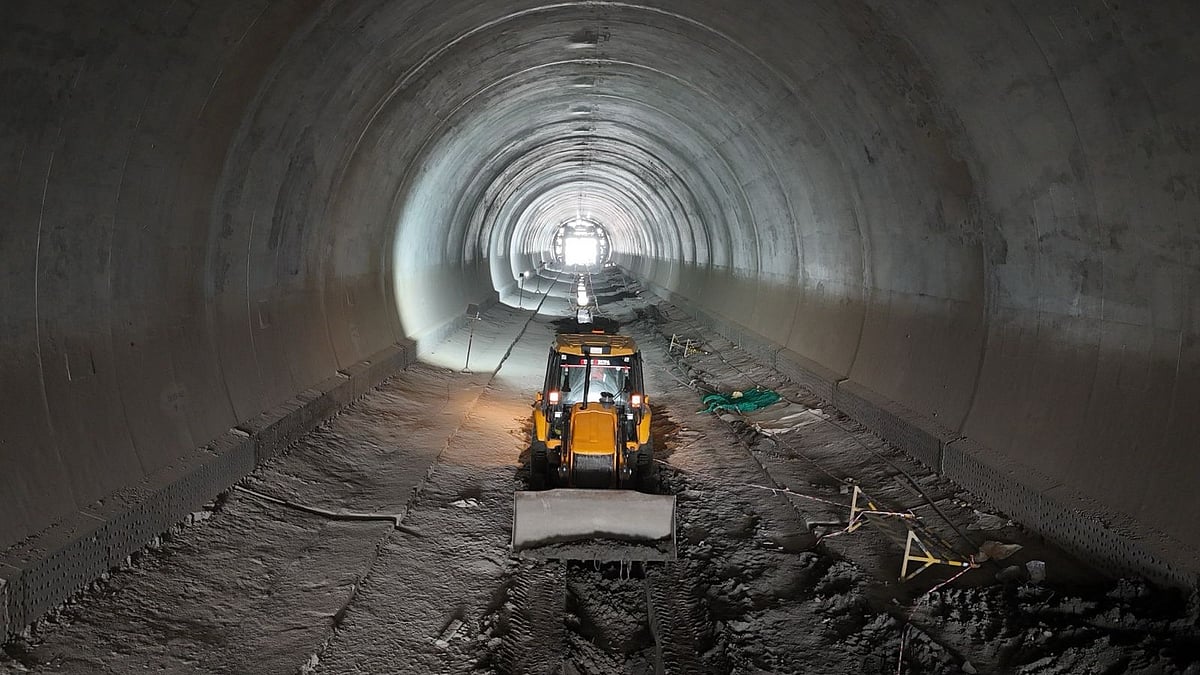You started the first ever bank for rural women in India, almost 30 years ago. Then you set up a business school for rural women, then business chambers for rural women, livelihoods programmes, then water and soil conservation programmes. What has been the journey like, particularly as your work has always had a feminist lens?
Born and raised in Mumbai, I got into a Gandhian organisation and was fascinated by Jayaprakash Narayan’s idea that young people should go to the villages of India. I was doing my under-graduation when I said I wanted to do that, he saud, "Of course. Why don't you travel in the countryside?"
That’s how I ended up in Mhaswad in Satara district, in the summer. There were no jobs; there was a drought, and the employment guarantee scheme was operating, giving work jobs to people so that they can have some income and feed themselves. At those work sites I saw women breaking stones in 47 degrees Celsius temperatures. It was very difficult for me to just fathom that.
When I tried to explain to them that life can be better than this, they told me, “You have come from the city; you don't know our problems. Go back to your college, you won't be able to solve our problems.”
That night, I couldn't sleep. I felt they didn’t need teachings from me, it was something more and I had to understand what that was. That made me decide to work with these women.
I met my husband Vijay there, he was working with these women to demand and get work. I fell madly in love with him, and decided to marry him and shift to Mhaswad.
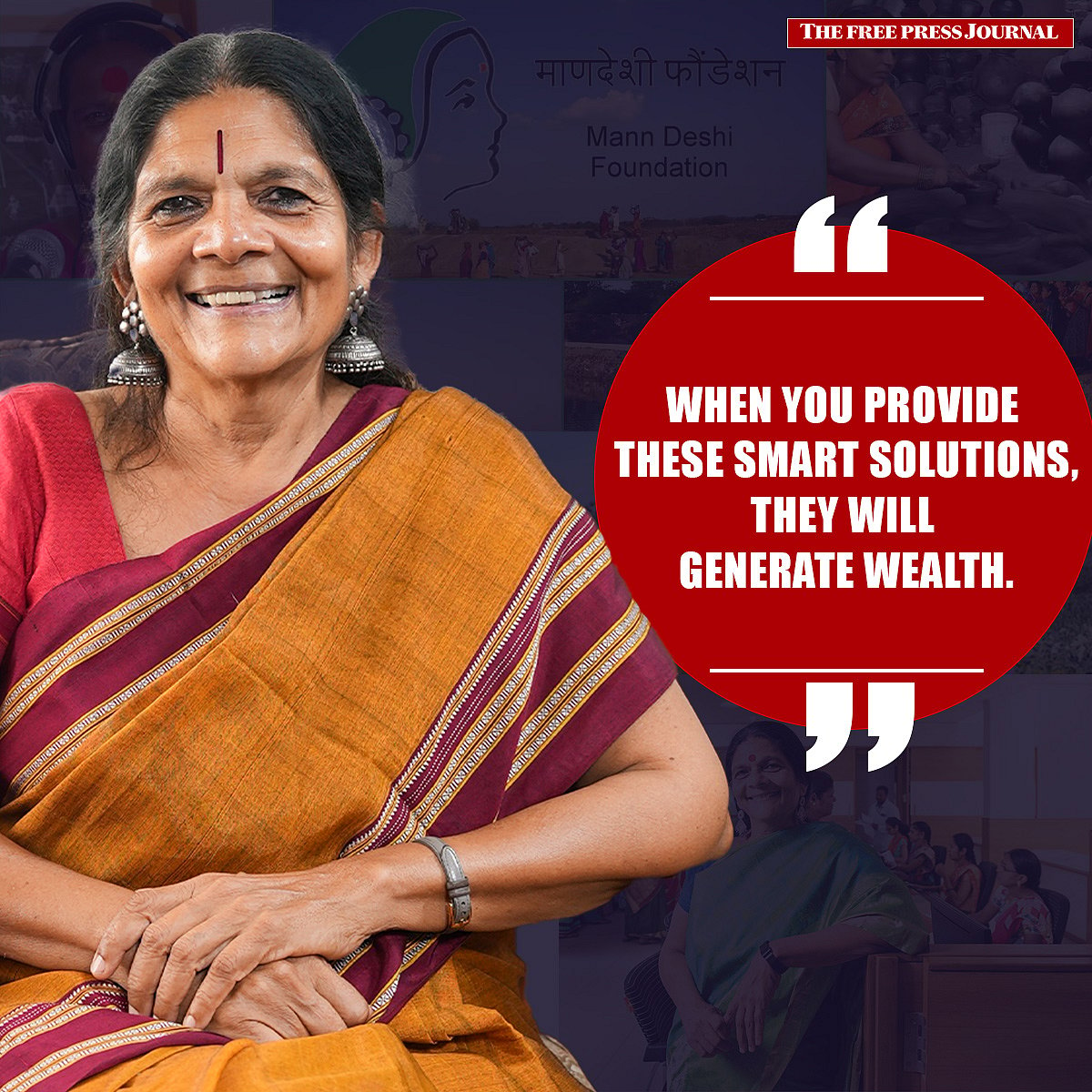
You know, Bombay girls in India were supported to do everything. I used to go swimming in Mafatlal pool; I used to fly kites on my building terrace. My parents thought that I wouldn't be able to survive in Mhaswad, and as my husband Vijay had not completed high school and was a farmer-leader, my dad felt I won't be able to survive intellectually. There was also no running water, no electricity in Mhaswad.
But after I moved to Mhaswad, my family remained my biggest support, it made all the difference.
The women at these work sites were from completely different socioeconomic backgrounds, different kinds of parental support or lack of support. Tell us about the women who came along with you to say they want a women’s bank.
Women who were breaking stones, vending milk, selling vegetables said they wanted to do savings. Our school economics teaches us that for saving, you need some surplus, so my obvious question, my bookish questions were whether they even had money to save. But the women knew exactly what they wanted. Kantabai, for example, wanted a tarpaulin sheet to shelter her family in the summer, and for that she wanted to save.
When we tried to open a bank account, the bank manager said Kantabai was not an “affordable client” because she would only save Rs 3 a day.
Here she was, not asking for anything, no subsidy, no grant, no credit, but was being denied an opportunity to save her hard-earned money.
That made me think why not set up a bank for women like her? It was more of their idea.
Fortunately, at that time, a window was open because of the Marathe Committee report of the Reserve Bank of India that recommended including tribals and women in the banking system. To collect the capital of Rs 6,00,000, women went from village to village.
The Reserve Bank officers could not accept the proposal—the promoters were all illiterate. But our women, they said, "So what if we cannot read and write? We can count. We can manage our finances."
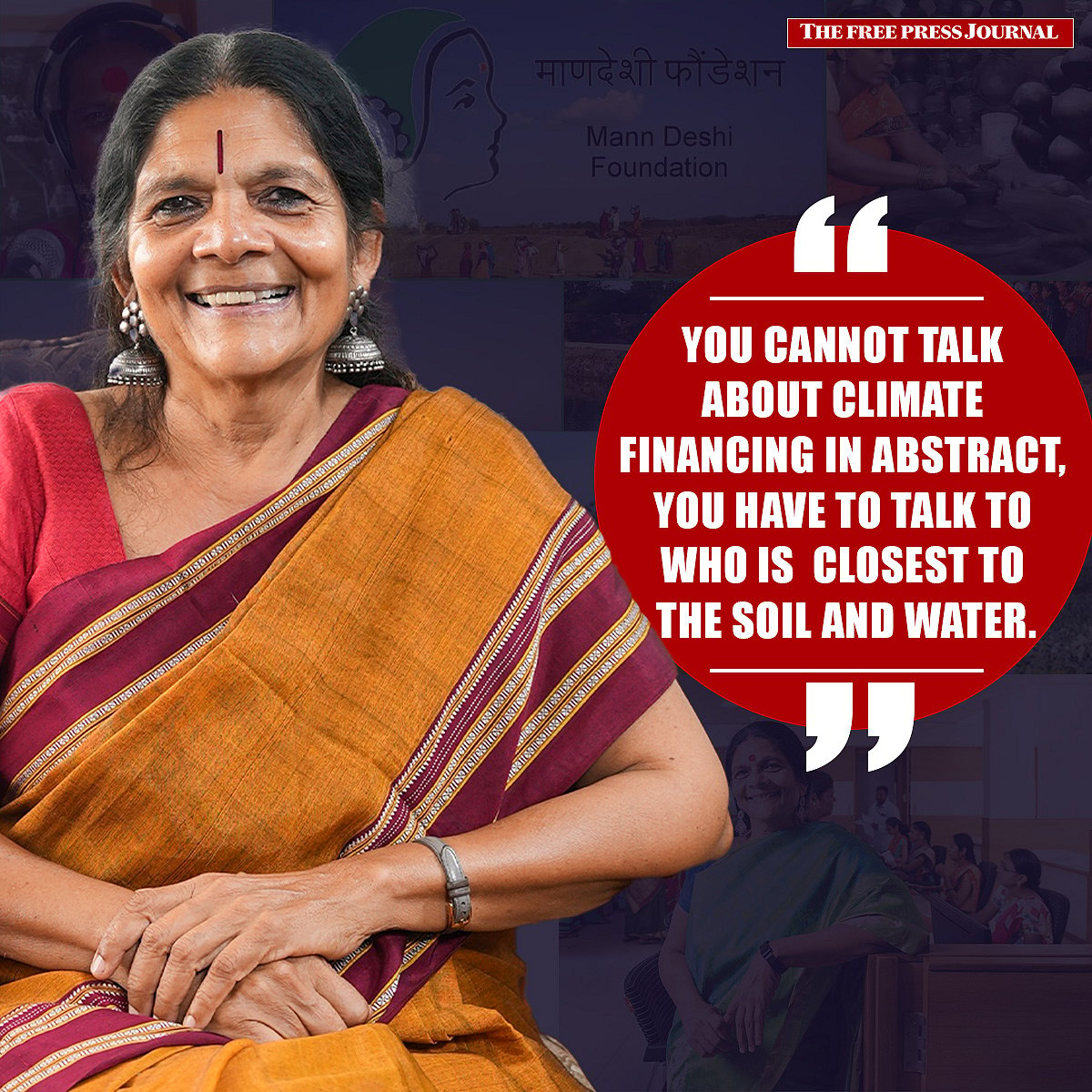
These women would work all day breaking stones, and in the evenings, they began to learn to read and write, and dream of setting up a bank.
When we went to the Reserve Bank of India again, 15 women, we were not allowed to enter the building. The women insisted that they had an appointment. They then challenged the officers to calculate interest using a calculator while they would calculate interest without a calculator.
Who were these 15 women? How did you select these 15?
Actually, there was no process of selection. There was Parwati who was selling vegetables, Bainabai was selling chai, Sona tai was breaking stones. These were women who did not have any shop, but they were doing economic activities, either on the road or in the fields or they were farming. They were always in the sun, on the street, or in the fields working.
That is why Mann Deshi is so special. It's not a bank started by Chetan Gala Sinha, it was started by women who dreamt of a bank to do savings. If I’d suggested opening a bank in Mumbai, experts would have asked, "Are you crazy?”. These women didn't have those questions. In fact, they thought, "Of course we can do this."
How did all the other activities of Mann Deshi Foundation start?
I always feel that people are ahead of us in thinking.
In 2002, during a very bad drought, the people in Mhaswad were already talking about rising temperatures. In 2012, a woman was mortgaging her gold in the bank because there was no fodder and water available for her animals. Kerabai told me that year, "I can mortgage gold and buy fodder, but even if I mortgage gold and have money, I cannot buy water."
That’s how we started the cattle camp for animals. Within eight days, farmers from 700 villages came with their animals. It was like a whole taluka at the cattle camp. For nearly eight to 10 days, we just appealed to farmers who had excess fodder, then some supporters in Mumbai helped, one of them gave us two tankers to start fetching water from farther away."
In subsequent years, farmers said we had to create water bodies and that’s how we started on check dams. Funders like HSBC came forward to support.
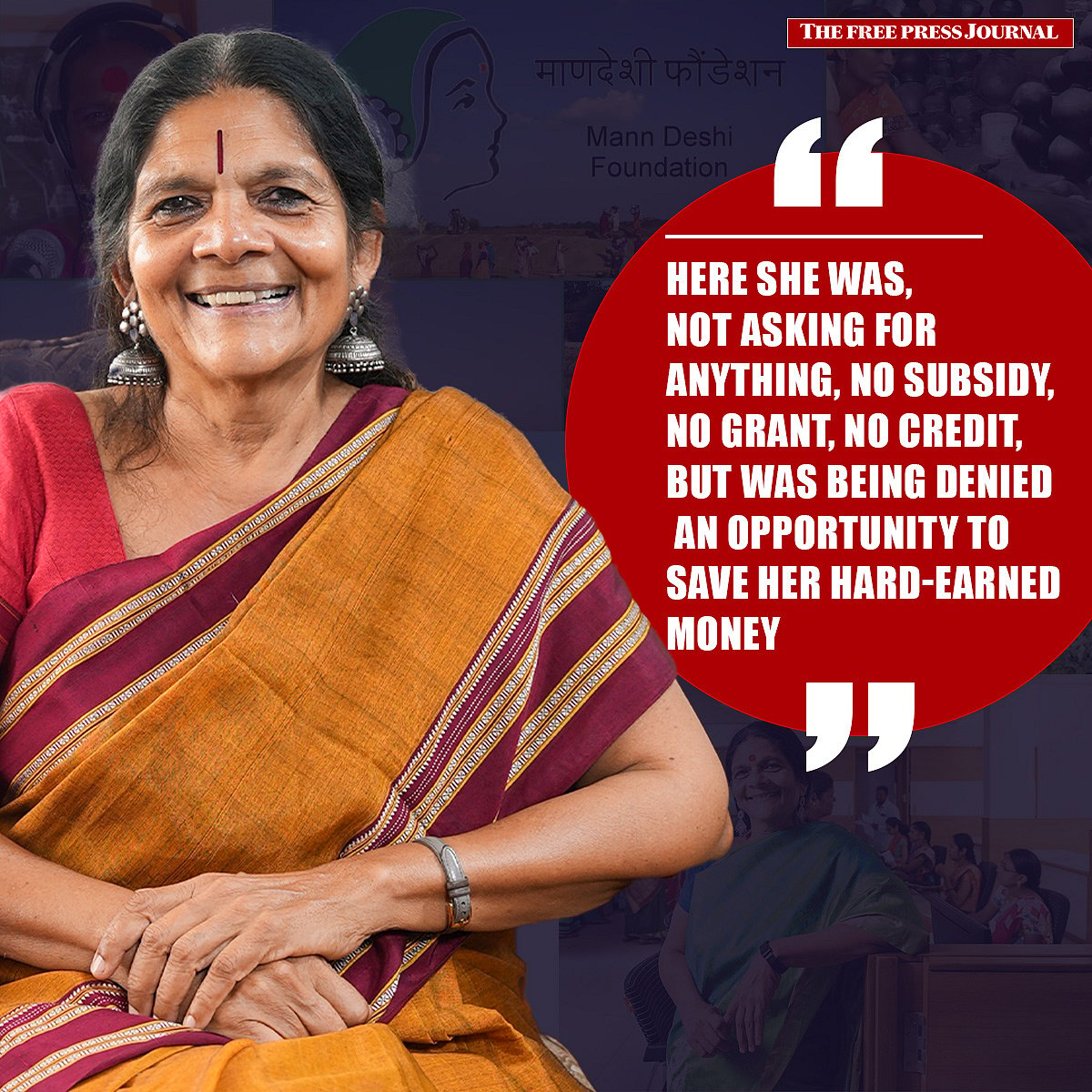
When philanthropists think about climate change, the farmers’ vision is very different. The construction of water bodies never started because funders were keen; it started because farmers were demanding it. That’s how we later set up soil and water testing centers for farmers.
I would appeal to philanthropists that everybody wants to work on climate change, but you cannot talk about climate financing in abstract, you have to talk to who is closest to the soil and water. If we do not address their climate issues, work on their plight or on their livelihood or see how their yield is going to increase, then it’s not going to be effective.
When we set up soil and water testing centers, farmers started thinking of growing pomegranates, mangoes; they shifted from sugarcane, which means less use of ground water. They knew that. It's a matter of providing the ecosystem for them to get a proper crop cycle.
You have repeatedly said that one shouldn't give poor people poor solutions. Explain that.
Sona tai once came to the bank to mortgage one gold earring for Rs 300 for a medical emergency. We told her to keep her earring and first take some cash from us and go to the doctor first. But she insisted to mortgage her earring. After 15 days, she came back and returned the Rs 300.
There is so much dignity among rural women. As a philanthropist, if you want to give, one thing has to be in your mind, that the person’s dignity must be maintained. Sonatai taught me that.
When a woman returned a savings box we had distributed saying her husband had broken it and taken her savings before the bank’s representative could come, she was raising a right question–that if you don't know our lives, don't mess with us. They have a right to ask for solutions that will create wealth for them.
When we did digital banking, the women said anybody can steal their PIN number, but nobody can take away their thumb. It was very clear that they were asking not for just access but control over their finances, to take their decisions. We eventually opted for biometrics.
That women have never been to school does not mean that they don't know, that you have to teach them. You just have to listen and provide an opportunity so that they can have control. They are continuously thinking of not just access, but wealth creation. So when you provide these smart solutions, they will generate wealth. And that's what I always saw.

